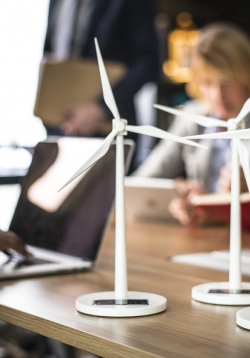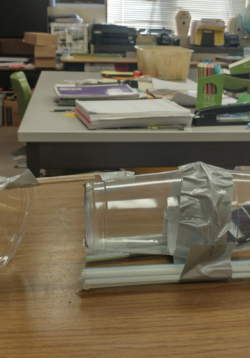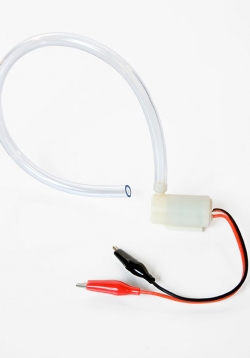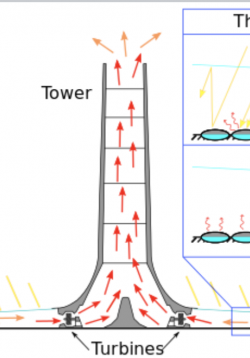Part 2 - Lesson 1: Renewable Energy Panel
Students will meet with local planners or other available energy experts to discuss public policy regarding the use of wind turbines and solar arrays to generate electricity. Students develop questions for a panel of professionals regarding considerations...









